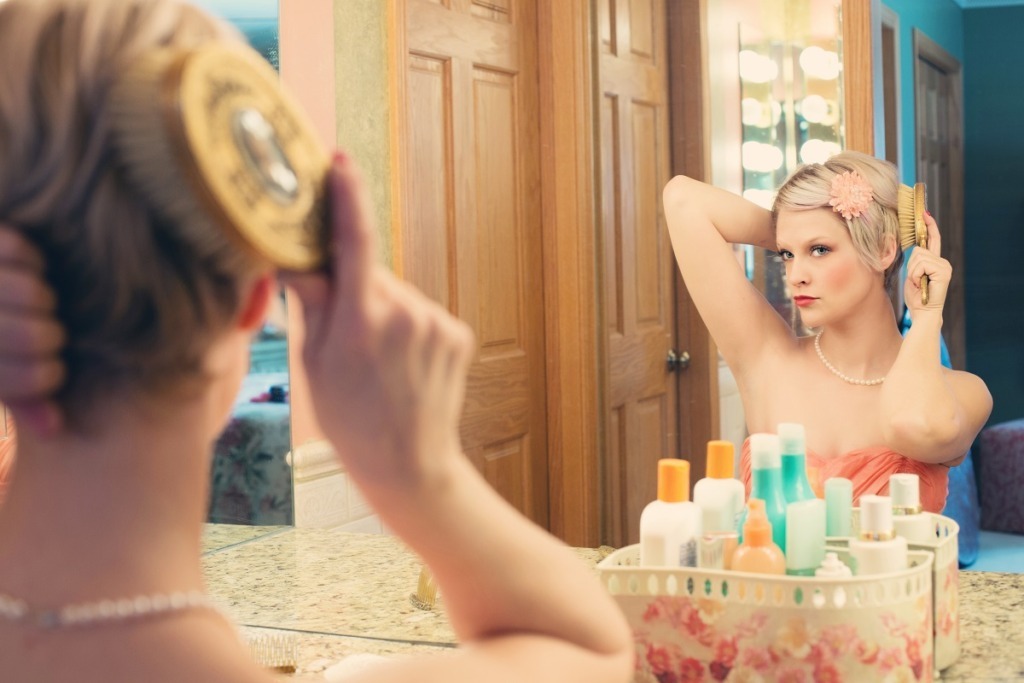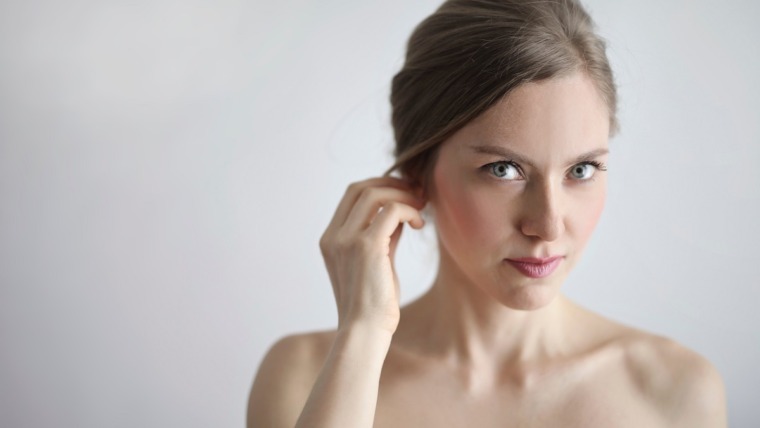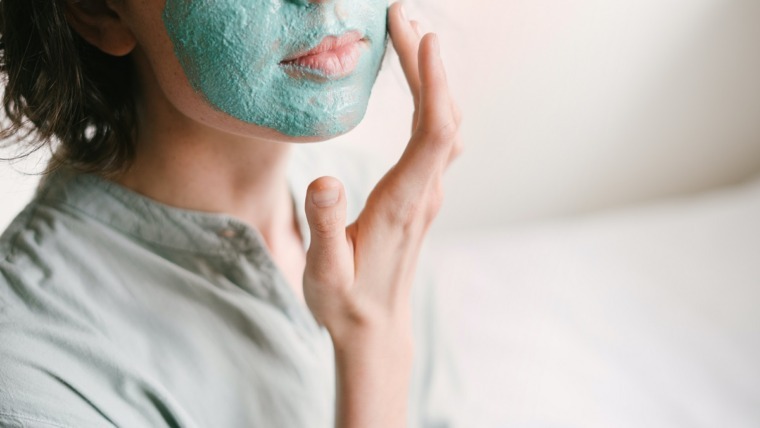
Make Skin Care A Priority
Written by Nina Gajic
It always amazes me when women tell me they treat their skincare routine as special “me-time.” And if they are busy - which we all are really, with kids and work - they drop their routine or just slap on some moisturiser at night.
Is self-care an act of selfishness for women when they have so many responsibilities? Absolutely not! Taking care of your skin is not just about looking good, it also benefits your health by protecting your skin from environmental damage, premature ageing and reduces the risk of skin disease.
As well, the soothing effect of doing your skincare routine lessens stress, promotes self-esteem, and boosts self-confidence.
I believe a good skincare routine does not have to be time-consuming or expensive - it can be as simple as cleansing, moisturising, and wearing sunscreen.
I learned all of this the hard way. When I was growing up in Australia in the 1970s I thought my skin just needed to be squeaky clean, which led me to overwashing instead of doing a regular skincare routine. In turn, this caused a years-long battle with constantly irritated and sensitive skin.
It eventually got so bad even water that wasn’t completely pure would cause me to break out in hives.
And when I was a teenager having breakouts, I would cancel plans to go out and just stay home – I was miserable. It was debilitating and isolating. No one deserves that.
I visited numerous dermatologists before I had my light-bulb moment: I needed to strengthen my skin barrier. And the best way to do that was through a consistent skincare routine with good products.
I hope my gorgeous five-year-old daughter Natalija and her cohort of little friends grow up with a better understanding than I had of how to care for their skin – and, importantly, how to look after its own natural protective barrier against environmental damage.
I don’t ever want them to be too busy to look after their skin, or just buy makeup to try to cover up any skin problems like some young women do. I want them to learn how important it is to focus on their health and the health of their skin. It’s not selfish; it’s a necessity.
So, how do you create a good routine? Firstly, you need to know your skin type so you can purchase the products best suited to you for the most effective skincare routine.
Here’s a quick guide:
Different Skin Types: Which One Are You?
- Oily skin types have overactive sebaceous glands leading to shiny skin, enlarged pores, and breakouts. Combination skin refers to oily skin with dry patches, usually caused by harsh treatments trying to combat the oiliness only to end up with damaged patches. How can you tell? Your skin will look shiny and sometimes greasy, especially on the forehead, nose, and chin. You can see some enlarged pores, and you are prone to acne and blackheads. Your makeup tends to easily slide off.
- Normal – or “balanced” – skin appears to have no visible concerns but, be warned, it can quickly end up drier and more wrinkly than other skin types if not properly nourished as you age. How do you know if your skin is normal? It looks healthy, has few visible pores, and has a smooth and even texture. You rarely experience breakouts and it doesn’t feel too oily or dry.
- Dry skin types have under-active glands and a lack of moisture to protect and hydrate the skin. How do you know if your skin is dry? It will feel tight and rough, especially after cleansing. There is a lack of moisture and natural oils, and it’s hard to see small pores. You may have some flakiness or dry patches, and when you put on your foundation, it looks uneven (as it clings to the dry areas.)
Remember, all these skin types will eventually become aging skin, showing signs of dehydration, volume loss, sagging and wrinkles, and uneven tones and pigmentation, which is why a good routine should be done by everyone - even those with enviable “normal” skin.
Try My Skin Type Test
I’ve created a quick test so you can work out what your skin type is. This is great for teens who are just learning about skin care.
- Wash your face gently with a mild cleanser and pat it dry.
- Wait for an hour; do not apply any skincare products.
- Go outside, or anywhere which is well-lit, and look closely at your skin.
- If your skin is glowing and doesn’t appear oily or dry, it’s likely to be normal. If it appears shiny and feels greasy, you probably have oily skin, and if it feels tight with some flakiness, it is most probably dry.
Now you will know which products to buy. It’s good to do this test regularly as your skin type is likely to change as you get older, and change environments.
When Should You Start?
I’m often asked when someone should start a basic skincare routine, and should it be different for men? Or can they just hide behind facial hair? (Yes, I was asked that once!)
Skincare should start at six months (according to the Skin Cancer Foundation) with the daily use of sunscreen which is age appropriate. Use it when going out in the sun to protect your child from harmful UV rays, and get them in a great routine for life.
This includes people who tan easily and those who don’t - your skin is damaged by sun exposure over your lifetime, whether you burn or not. Babies under six months are the only exceptions to the daily sunscreen rule as their skin is highly sensitive.
I think when you hit puberty and hormonal changes start it’s time to begin your am and pm routine as changing hormones can lead to more oil production and acne.
And lastly, skin care is not limited to women! Men should absolutely engage in a good routine as well. Their routine may differ slightly from women, but the basics are still there - cleansing, moisturising, and sunscreen. These are my favourite life lessons; and something I swear by.



